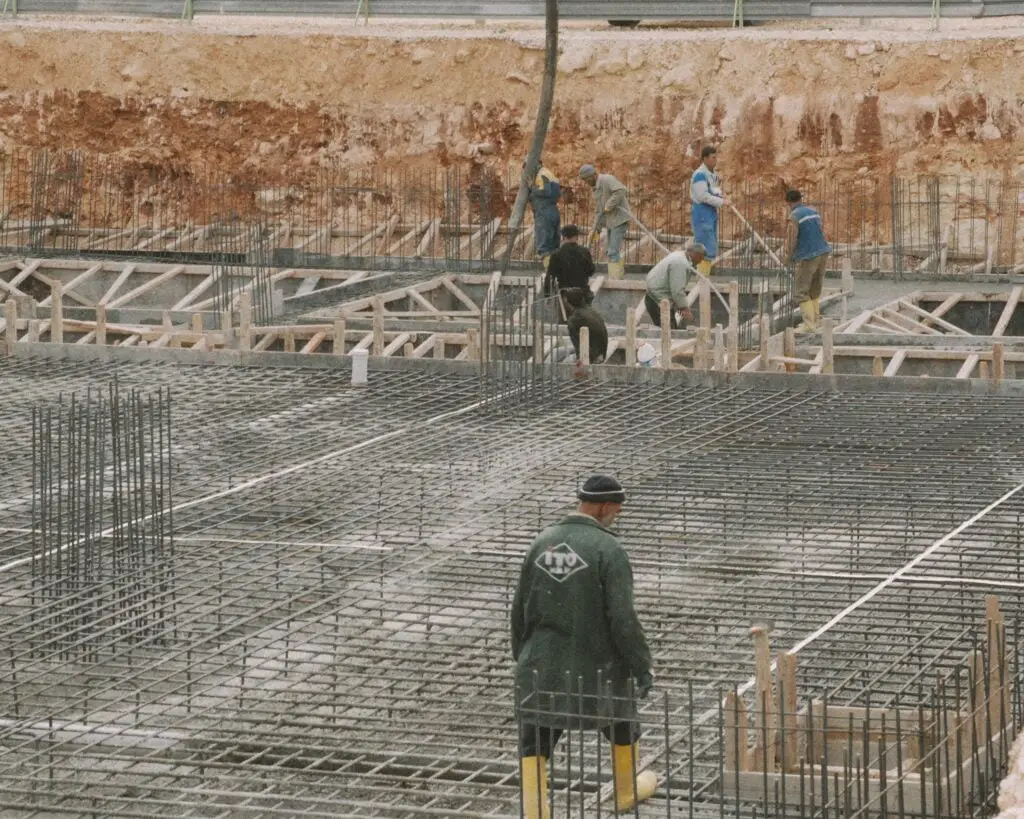Construction procurement, the process of acquiring goods and services for construction projects, is a complex and multifaceted endeavor that often poses significant challenges to all stakeholders involved.
From government agencies and private entities to contractors and suppliers, navigating the labyrinth of construction procurement can be a daunting task.
This article delves into the intricacies and difficulties associated with construction procurement, exploring the key hurdles faced by various parties and proposing potential solutions to foster a more streamlined and efficient process.
- Regulatory Complexity:
One of the primary challenges in construction procurement is the intricate web of regulations governing the industry.
Government agencies, in particular, must adhere to a myriad of rules and guidelines, often leading to a slow and bureaucratic procurement process. Strict adherence to procurement laws can sometimes hinder flexibility, leading to delays, disputes, and increased costs.
To address this issue, stakeholders must advocate for a balance between regulatory compliance and flexibility.
Streamlining procurement regulations, adopting standardized procedures, and embracing technology can help alleviate the burden of regulatory complexity, fostering a more agile and responsive procurement process.
- Risk Management:
Construction projects inherently carry a multitude of risks, ranging from design changes and unforeseen site conditions to economic fluctuations and labor shortages.
Effective risk management is crucial in construction procurement, yet many stakeholders struggle to accurately assess, allocate, and mitigate risks. The lack of a standardized risk management framework can lead to disputes, claims, and project delays.
Implementing robust risk assessment tools, conducting thorough due diligence, and fostering transparent communication among stakeholders can enhance risk management in construction procurement.
Collaboration between project participants in identifying and addressing potential risks early in the procurement process can contribute to better project outcomes.
- Bid Rigging and Collusion:
The construction industry is not immune to unethical practices such as bid rigging and collusion, which undermine the principles of fair competition. These activities can distort the procurement process, inflate prices, and exclude qualified contractors from participating in bids.
To combat bid rigging and collusion, regulatory authorities must enforce stringent anti-corruption measures and penalties. Increased transparency, competitive bidding, and the use of electronic procurement platforms can help minimize the risk of unethical practices, ensuring a fair and level playing field for all stakeholders.
- Technology Integration:
While technology has transformed various industries, the construction sector has been slow to embrace digital innovations in procurement processes. Outdated manual methods, paper-based documentation, and inefficient communication channels contribute to delays and errors in procurement.
Adopting advanced technologies such as Building Information Modeling (BIM), e-procurement platforms, and project management software can streamline the construction procurement lifecycle.
Training stakeholders on the use of these technologies is crucial to unlock their full potential and drive efficiency throughout the procurement process.
- Collaboration and Communication:
Construction projects involve numerous stakeholders, including owners, designers, contractors, and suppliers. Effective collaboration and communication among these diverse parties are essential for successful procurement. However, siloed information, poor communication channels, and a lack of trust can impede collaboration and lead to misunderstandings.
Encouraging open communication, fostering a collaborative culture, and implementing project management methodologies that emphasize teamwork can enhance collaboration in construction procurement.
Establishing clear lines of communication, defining roles and responsibilities, and leveraging collaborative platforms can bridge the gap between stakeholders, promoting a more cohesive and efficient procurement process.
Conclusion:
In conclusion, the difficulty of construction procurement stems from a combination of regulatory complexity, risk management challenges, unethical practices, slow technology adoption, and communication barriers.
Overcoming these hurdles requires a concerted effort from all stakeholders involved. By advocating for regulatory reforms, embracing technology, promoting transparent communication, and prioritizing ethical practices, the construction industry can pave the way for a more efficient and successful procurement process.
Only through collaborative efforts and a commitment to improvement can the labyrinth of construction procurement be navigated with greater ease.
To see other material construction prices, please see here.
To know other construction guides, tips, and methodology for beginners, veterans, and contractors, please see here.

